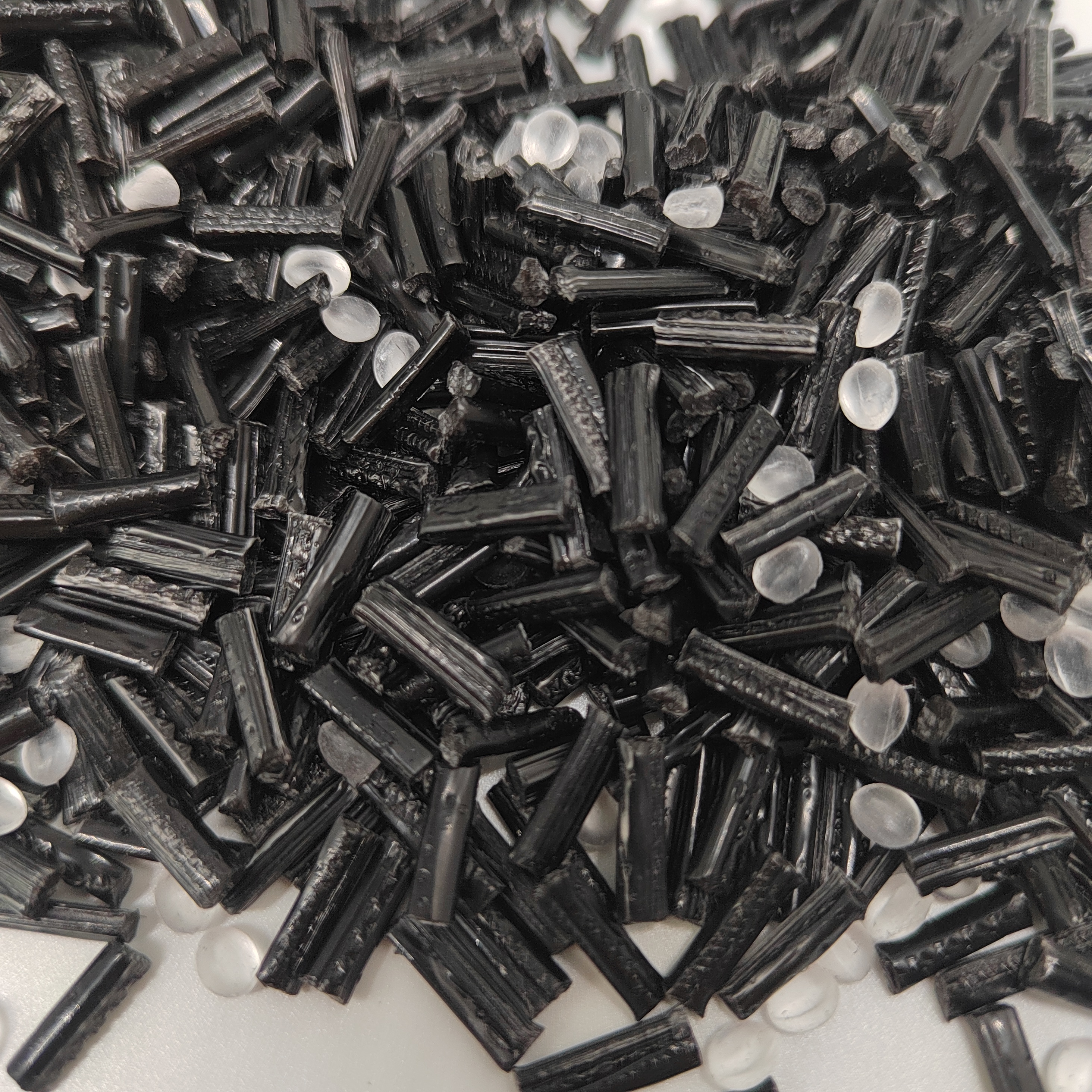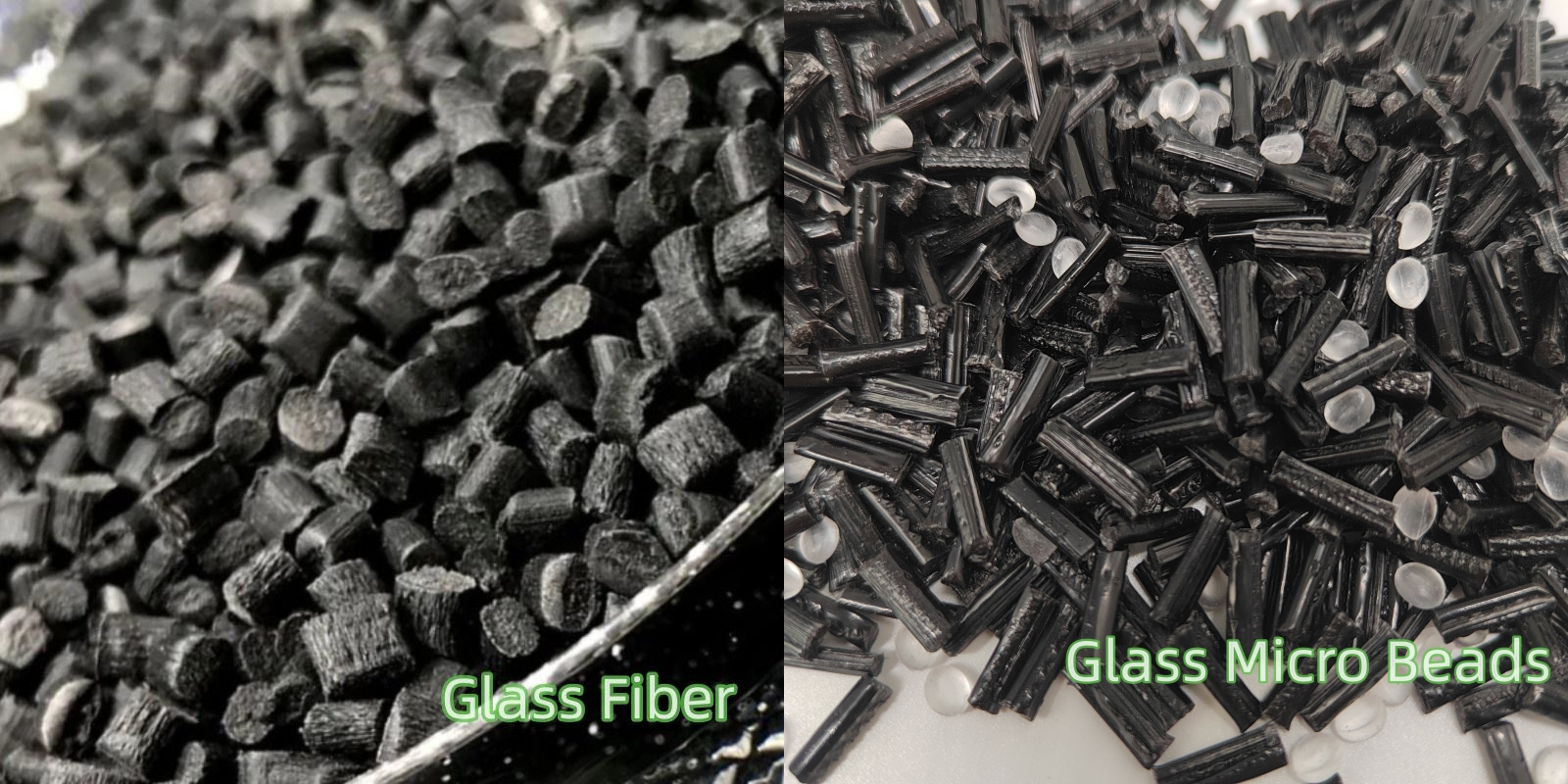Error de formato de correo electrónico
emailCannotEmpty
emailDoesExist
pwdLetterLimtTip
inconsistentPwd
pwdLetterLimtTip
inconsistentPwd

Offer Technical Support and Customized Solutions
The company is committed to creating new and improved plastic materials to meet the evolving demands of the market.

Redefining Reinforcement: How PA6 30% Glass Micro Beads Give You the Edge
I. Introduction
In the field of engineering plastics, PA6 30% Glass Micro Beads and traditional PA6 GF30% are two widely used materials. This article aims to provide a detailed comparison between these two materials, highlighting the advantages of PA6 30% Glass Micro Beads.
PA6 GF30% or glass-filled PA6, is a common reinforced polymer that utilizes glass fibers to enhance its mechanical properties. PA6 30% Glass Micro Beads, on the other hand, utilize small Glass Micro Beads that are evenly distributed within the polymer matrix.
II. Characteristics of Chemically Activated Glass Micro Beads
The spherical structure of Glass Micro Beads ensures efficient stress transfer, resulting in improved material toughness and impact resistance. The chemical activation process further enhances the compatibility between the Glass Micro Beads and the polymer matrix, leading to better load distribution and improved mechanical properties.
After modification, the surface of the plastic parts becomes smoother, reducing surface imperfections and improving aesthetics. Additionally, the wear resistance of the material is significantly enhanced, making it suitable for applications where durability is crucial.
III. Effect of Glass Micro Beads on the Properties of Composite Materials
The introduction of Glass Micro Beads into the PA6 matrix results in a more homogeneous distribution of filler particles. This leads to a reduction in fiber stress concentrations and a more efficient load transfer across the material, enhancing its overall performance.
Moreover, the compatibility between the filler and the matrix is improved, leading to better interfacial adhesion. This translates into superior tensile strength and impact resistance compared to traditional glass-filled polymers.
IV. Practical Application and Case Analysis of PA6 30% Glass Micro Beads
PA6 30% Glass Micro Beads have found applications in various industries where high performance and durability are essential. One such example is in the automotive industry, where parts requiring high impact resistance and dimensional stability have been successfully produced using this material.
In comparison to PA6 GF30%, PA6 30% Glass Micro Beads offer superior mechanical properties with a more consistent filler distribution. This translates into superior performance in terms of tensile strength, impact resistance, and fatigue resistance.
(The above is a photo of the ash content of the modified PA66 40% glass beads we produce.)
V. Conclusion
PA6 30% Glass Micro Beads offer significant advantages over PA6 GF30% in terms of mechanical properties, surface finish, and dimensional stability. The improved filler distribution and compatibility achieved through the chemical activation process result in superior material performance across a range of applications.
Looking ahead, the future of modified plastics holds immense potential. With continuous research and development, we can expect further advancements in the field, leading to even more innovative and high-performance materials. At TOPONEW, we take pride in being a leading supplier of engineering modified plastic granules, including the revolutionary PA6 30% glass beads. Contact us today to explore the endless possibilities of modified plastics in your industry.

